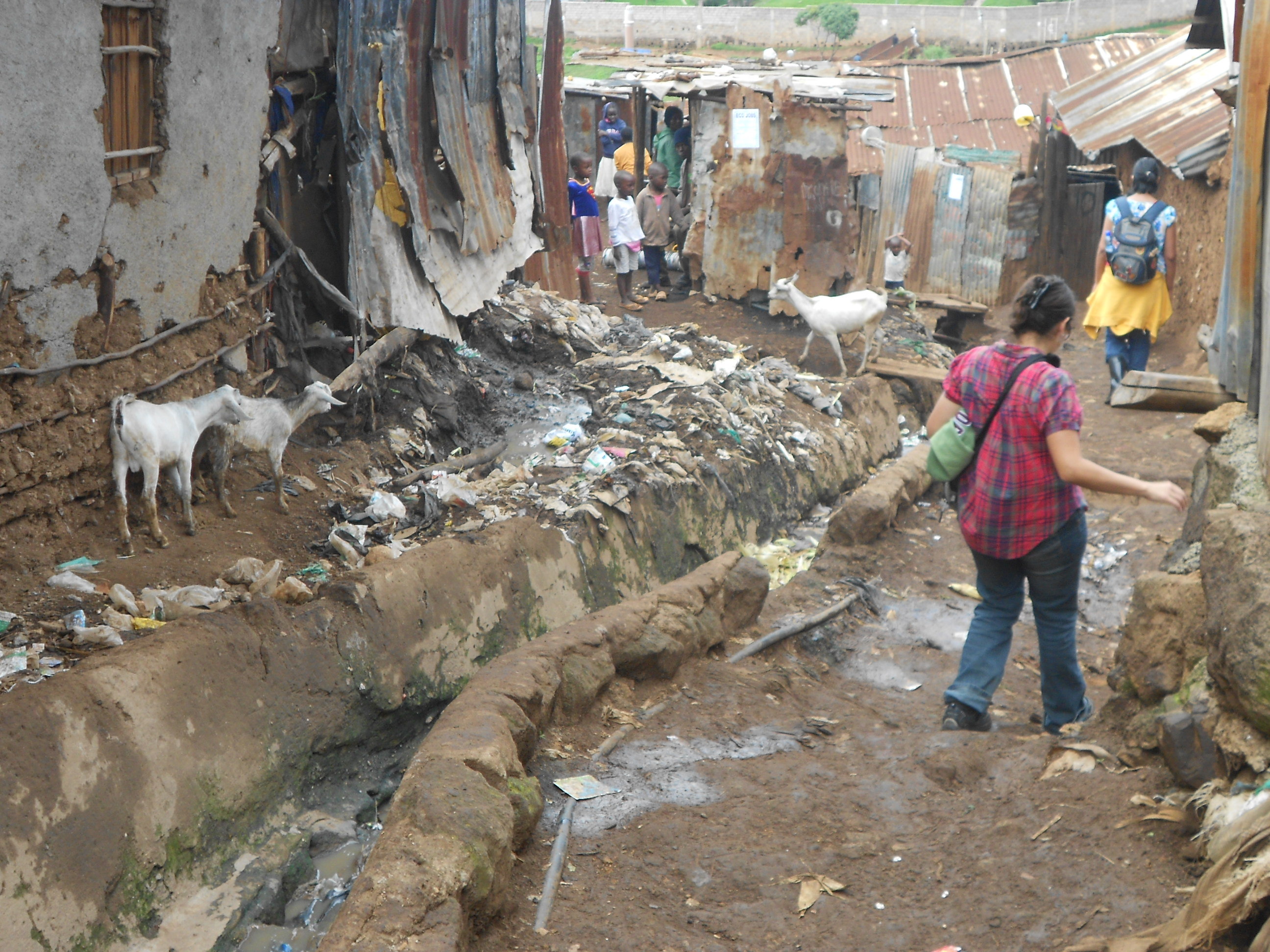Journalist Jeffrey Gettleman wrote an article in the New York Times about his 36 hour trip to Nairobi, Kenya.
The piece appeared last December, but I liked it so much that I wanted to share it again.
Nairobi can be a bit rough for sure. One day, as I was walking one of our volunteers through the city center, someone tried lifting her cell phone from her back pocket!
Still, our volunteers have always loved living and volunteering in Nairobi. The city is vibrant, fast-paced, and filled with delicious local food and modern cafes.
In the world of volunteering in Kenya, the most “sexy” spot is the Kibera Slums.
Many films have been based in Kibera, including The Constant Gardener, The Kibera Kid, and most recently the documentary Mully just released in the US.
On one of my last walks through Kibera, I accompanied a local church minister and one of our volunteers on house visits to home-bound members of his congregation.
Here are some of the photos I took in Kibera that day:



Getting back to Gettleman’s Nairobi article, here is the video that accompanied his piece:
And Gettleman’s summary of Nairobi:
Nairobi, the capital of Kenya, calls itself the City in the Sun, and a visit can be as pleasant as that sounds. Most outsiders drop in for two reasons: business and animals.
A short flight from spectacular wildlife parks such as the Maasai Mara, Nairobi has also become a magnet for some of the world’s biggest corporations trying to gain a foothold in Africa.
The city is surprisingly beautiful with flowering trees and the perfect climate: 70s and 80s, sunny, low humidity — almost every day.
It’s a palpably multicultural place, encapsulating what is happening in Africa better than any other city on the continent. Picture new construction, a lot of people, intense traffic, and more and more Western businesses.
Yet you can still feed giraffes and baby elephants from within the city limits and see Maasai warriors ordering lattes in red-checkered blankets.

